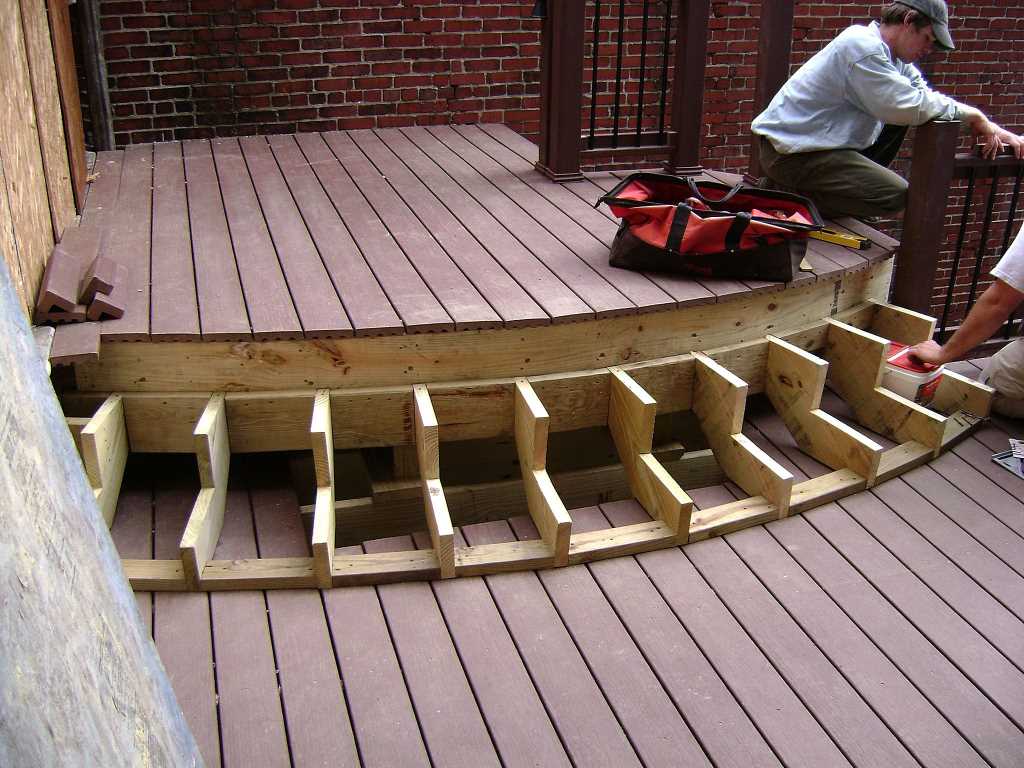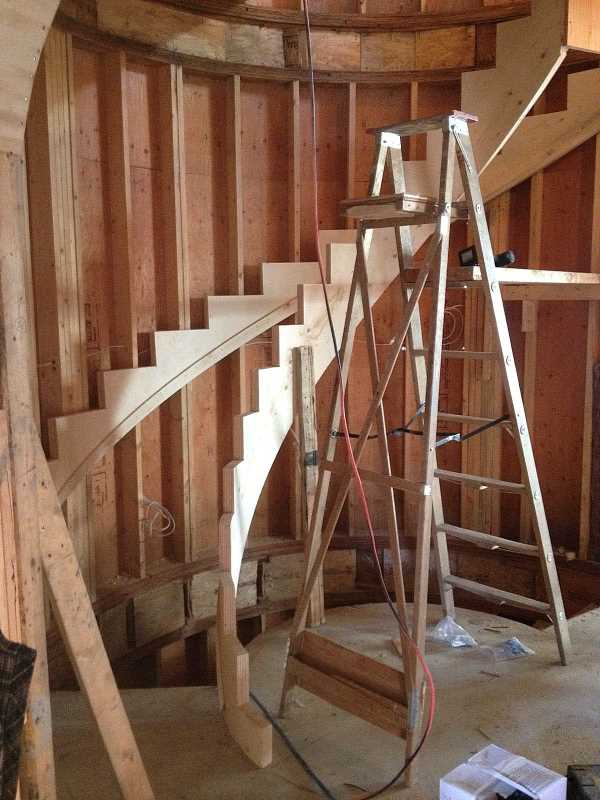 Curved steps can add a touch of elegance and sophistication to any space. Whether you’re designing a grand staircase or a small set of steps in your garden, the beauty of curves can elevate the overall aesthetic. In this article, we will explore expert tips and techniques for constructing stunning curved steps that are not only visually appealing but also structurally sound.
Curved steps can add a touch of elegance and sophistication to any space. Whether you’re designing a grand staircase or a small set of steps in your garden, the beauty of curves can elevate the overall aesthetic. In this article, we will explore expert tips and techniques for constructing stunning curved steps that are not only visually appealing but also structurally sound.
Understanding Curved Steps
Curved steps are a design feature that adds fluidity and charm to architectural spaces. They deviate from the conventional straight staircases, offering a unique focal point that catches the eye. Incorporating curved steps into your design can create a sense of elegance and create a smooth transition between different levels or spaces.
There are several benefits to using curved steps in your construction project. Firstly, they maximize the available space, allowing you to make the most of your area. Secondly, they offer a softer and more inviting appearance compared to sharp angles. Curved steps can also enhance the flow of movement, making it easier and more comfortable for people to ascend and descend.
Planning and Design
Before diving into the construction process, careful planning and design considerations are essential for successful curved steps. Begin by determining the location and size of the steps. Take into account the available space, the overall design of the area, and the intended use of the steps. By considering these factors, you can ensure that the curved steps harmonize with the surroundings and serve their purpose effectively.
Choosing the right materials is another crucial aspect of the planning phase. Opt for materials that complement the overall style of your project and provide the necessary durability. From sleek and modern concrete to warm and timeless natural stone, there is a wide range of options to suit various design preferences. Create a detailed blueprint that includes accurate measurements and specifications, ensuring precision during the construction process.

Preparing the Site
Preparing the site is a vital step in building curved steps. Start by clearing the area, removing any debris or obstacles that may hinder the construction process. It’s important to ensure a solid foundation to support the steps, so check the ground for stability and make any necessary adjustments.
Once the site is cleared and stable, mark out the shape and dimensions of the curved steps. Use string lines and stakes to outline the path of the steps, allowing you to visualize the final result. Double-check the measurements and make any adjustments as needed to ensure the desired curvature and dimensions.
Constructing the Curved Steps
Now that the site is prepared, it’s time to start building the curved steps. Follow these step-by-step instructions to achieve optimal results:
- Excavating the site and creating the base: Dig out the marked area according to the outlined shape of the steps. Ensure the depth is appropriate for the desired height of each step, considering the recommended rise and run measurements.
- Building the formwork for the curved steps: Construct the formwork using high-quality materials that can withstand the pressure of poured concrete. Ensure the formwork aligns with the marked shape of the steps.
- Reinforcing the formwork with steel rebar: Place steel rebar within the formwork to reinforce the structure of the curved steps. The rebar should be positioned strategically to provide strength and prevent cracking or shifting of the concrete. Follow the design specifications and ensure proper spacing and anchoring of the rebar.
- Pouring and curing the concrete for the steps: Carefully pour the concrete into the formwork, ensuring it fills all the spaces evenly. Use a vibrating tool to remove air bubbles and ensure proper compaction. Allow the concrete to cure according to the manufacturer’s instructions, providing sufficient time for it to gain strength and stability.
- Removing the formwork and finishing the concrete surface: Once the concrete has cured, carefully remove the formwork. Take your time to avoid damaging the newly constructed steps. Smooth and finish the concrete surface using appropriate tools, such as trowels and brushes. Pay attention to details, ensuring a clean and polished appearance.
Adding Aesthetic Elements
To truly elevate the beauty of curved steps, consider adding decorative elements that enhance their visual appeal. You can incorporate ornamental handrails along the sides, using materials that complement the overall design. Additionally, consider adding decorative patterns or textures to the concrete surface, creating a unique and captivating look.
Lighting features can also play a significant role in enhancing the aesthetics of curved steps. Strategically placed LED lights or fixtures can create a mesmerizing effect, illuminating the curves and adding a touch of enchantment to the space. Experiment with different lighting angles and intensities to achieve the desired ambiance.
-
 Maintenance and Care
Maintenance and CareRegular maintenance practices are essential for keeping your curved steps in top shape. Sweep or rinse the steps regularly to remove dirt, leaves, or debris that may accumulate over time. If using natural stone materials, follow the recommended cleaning procedures to prevent staining or discoloration.
Protecting the curved steps from weathering and damage is crucial for their longevity. Apply a sealant or protective coating to concrete or other porous materials to enhance their resistance to moisture and UV rays. In regions with harsh weather conditions, consider installing a canopy or shelter above the steps to provide additional protection.
Troubleshooting and Common Challenges
During the construction process, you may encounter certain challenges or issues. It’s important to identify and address them promptly to ensure the successful completion of your curved steps. Common challenges include difficulties with formwork construction, concrete pouring and leveling, and achieving the desired curvature.
If you face any challenges, don’t hesitate to consult with professionals or experienced contractors. They can provide valuable advice and guidance to overcome obstacles and ensure the quality and integrity of your curved steps.
Conclusion
Building beautiful curved steps requires a combination of expert techniques, careful planning, and attention to detail. By following the tips and techniques outlined in this article, you can create stunning curved steps that enhance the visual appeal of any space. Remember to consider the architectural considerations, choose the right materials, and incorporate aesthetic elements to achieve a truly captivating design. With precision and creativity, you can transform your stairs into a remarkable focal point that leaves a lasting impression.
So, let your imagination soar and apply these expert tips to construct your own magnificent curved steps. Get ready to dazzle your guests and create a stunning architectural feature that truly stands out!
Leave a Reply